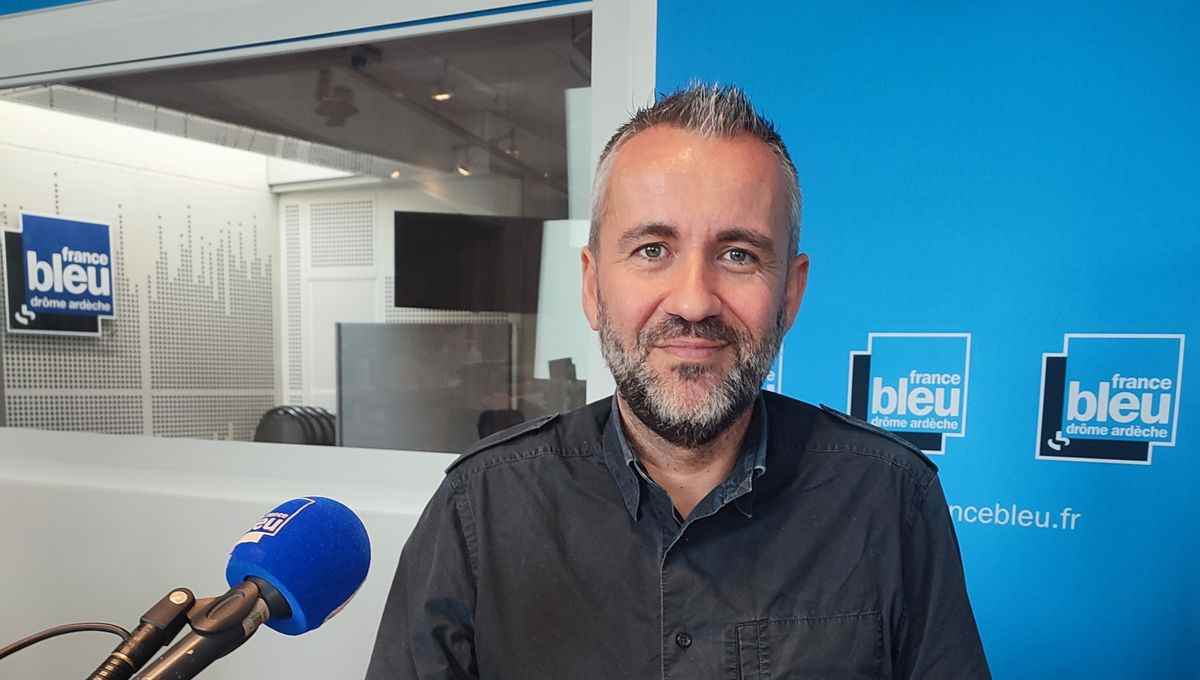The TEST mentioned by our expert during the show:NICOTINE DEPENDENCY TEST (FAGERSTRÖM): the test of Fagerstrom assesses the patient’s dependence on tobacco. The score obtained then makes it possible to better adapt the treatment…
GET HELP BY A TOBACCOLOGIST FOR FREE
To be accompanied in your smoking cessation, indicate your location and find a tobacco specialist near you BY CLICKING HERE
Your body has great recovery capacities, it’s impressive!
- A few hours: your blood carbon monoxide level decreases. After 8 hours of stopping, it is halved and you are better oxygenated.
- A few days: you breathe better, you gradually regain your sense of taste and smell.
- A few weeks: you cough less, you have more energy. Your skin is more beautiful and you look better.
- A few months: you recover more and more breath. Your athletic performance improves.
- One year: your risk of stroke becomes equivalent to that of a person who has never smoked. Your risk of myocardial infarction is cut in half.
- Ten years: your risk of mouth, lung and bladder cancer has decreased significantly. Gradually, your life expectancy approaches that of people who have never smoked.
FIRST-LINE TREATMENTS
The majority of smokers quit without help. However, a smoker accompanied by a health professional to quit smoking is more likely to succeed than alone. This is why the High Authority for Health (HAS) recommends first and foremost support from a health professional: “The management of smoking cessation includes support from a health professional, allowing psychological support, and drug treatment if necessary. »
Support device for quitting smoking
Nicotine substitutes: Nicotine substitutes are an effective aid to quit smoking. They provide the body with the equivalent of the nicotine contained in the cigarette while avoiding its toxicity. With a dose adapted to the smoking of the person, the smoker no longer suffers from the lack and the physical dependence gradually disappears. They exist in several galenic forms and dosages and can be used according to different routes of administration: slow-acting patches, or oral forms ( gums, lozenges) and fast-acting inhaler. They contain a more or less significant amount of nicotine depending on the dosages.
WHO CAN PRESCRIBE NICOTINIC SUBSTITUTES? These treatments can be prescribed by many health professionals: doctors (including the occupational doctor), midwives, nurses, dental surgeons, masseurs-physiotherapists. Midwives can also prescribe them to those around pregnant women or women who have just given birth. A prescription from one of these professionals is required to be eligible for reimbursement.
WHAT REIMBURSEMENT FOR NICOTINIC SUBSTITUTES?Since January 1, 2019, nicotine substitutes have been reimbursed at 65% by Health Insurance (1). The moderating ticket can be covered by your complementary health insurance.
Reimbursement for these treatments has been simplified as it is no longer subject to an annual cap (€150 per year previously), and pharmacies can now waive fees in advance for these products.
Consult the List of nicotine substitutes covered by Health Insurance (PDF).
To know more :
Ardèche Cancer League :
- Health prevention area 11, cours du Palais 07000 Privas
- 04 75 64 19 19 / 04 75 64 49 05
- [email protected]
Drôme Cancer League :
- 3 and 5, avenue de Romans 26000 Valence
- 04 75 81 52 00 / 04 75 81 51 82
- [email protected]
